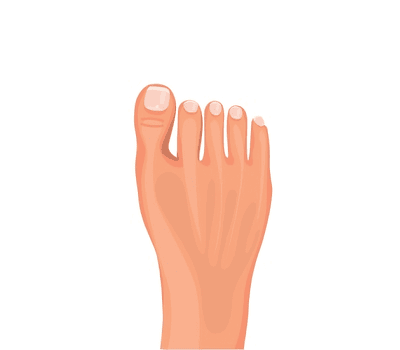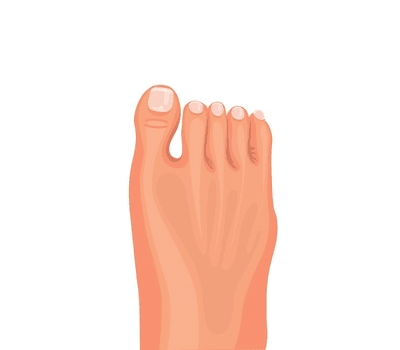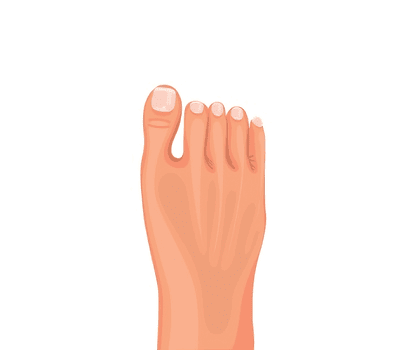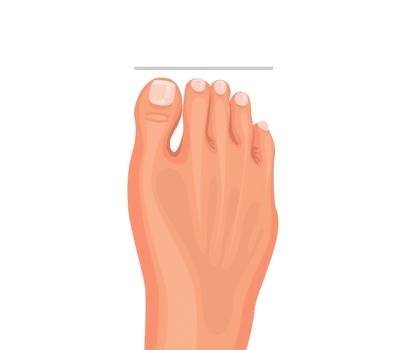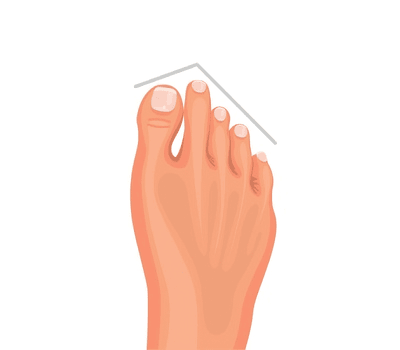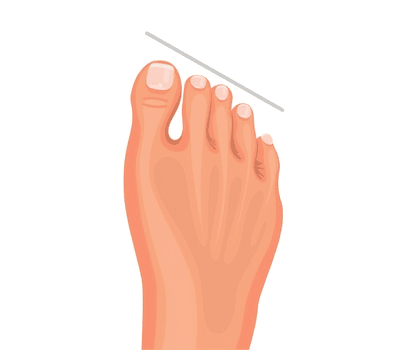So comfy. I've even worn them in the heat and still comfy. Yayay
As soon as I opened the box I could tell these are a quality shoe. Best part was when I put them on as I have wide feet and never realised that a shoe could be so comfortable from the first wear. I can’t believe I’m writing a review like this but this could be the last brand of Shoe I ever buy.
I really like them. They are good quality and comfortable to wear. I like the fact that they have a thicker sole than some of the more traditional barefoot shoes. Makes them easy to wear all day across all kinds of surfaces. Happy with the colour but it would be great if they offered this shoe in a pure white colour as well.




